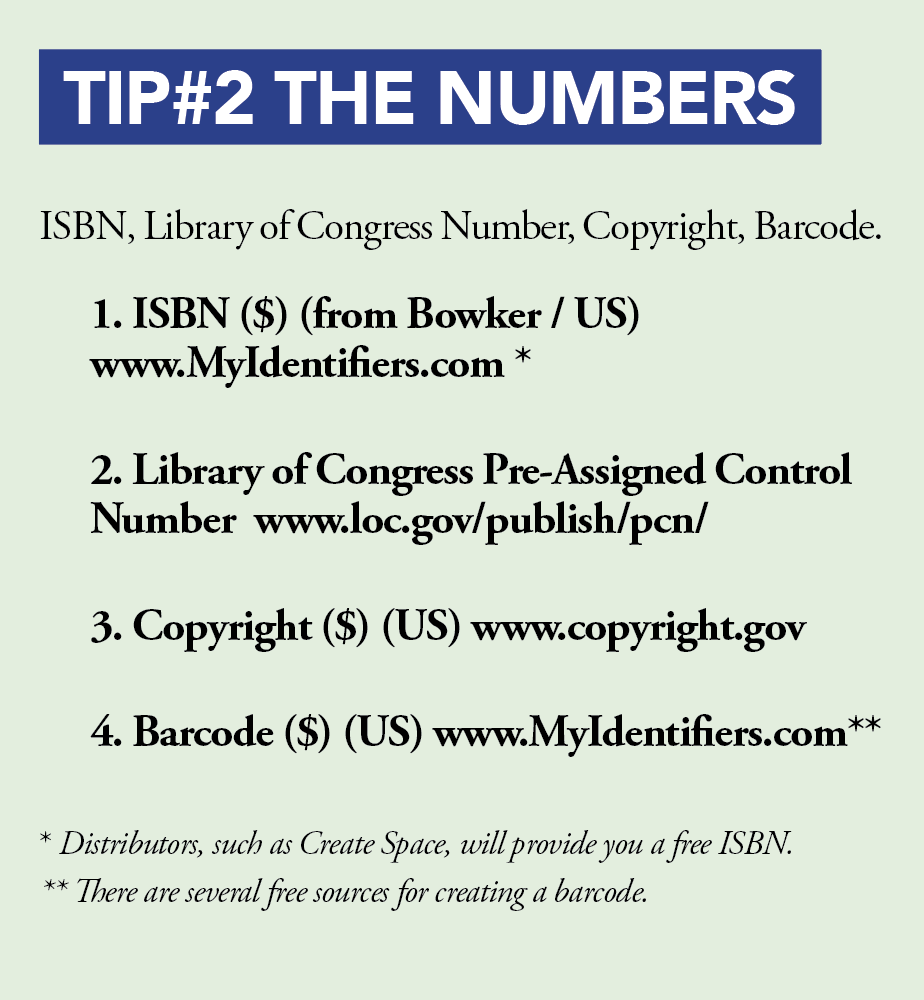STRUCTURING THE AUTHOR MARKETING PLAN

An author marketing plan is much like writing the chapters of an novel.
When you sit down to write, you come prepared with all the right tools, right? An outline, a computer, coffee and so on. Sure, there are times when you just wing it, but for the most part, you have an “idea” of where you are and where you are going in your story.
The same applies to the process of publishing. While you are pounding away on your computer keys, you need to also be planning for the next steps to take before you finish your manuscript.
Being able to do more than one thing at the same time is a trait not all of us have. Fortunately, the steps required for publishing do not need to be done simultaneously. So, relax and enjoy the ride.
Dream Big…
In the Introduction: 52 Weeks to Publication post, I provided a partial list of what you needed to accomplish for self-publishing. The very first element was “Create a Marketing Plan.” Just like your novel, you need an idea of where you are and where you want to be; what works, and what doesn’t. In other words: What is Your Goal?
For example: “I am writing my first novel. I want it to be a best seller.”
If you don’t dream big, you’ll never accomplish the impossible.
The Author Marketing Plan GUIDE
The purpose of an author marketing plan is to clearly define what steps or actions you will implement to achieve your plan goals. Sound familiar? Like an outline for your novel, a marketing plan helps guide you to your desired goal.
But no-one can predict the future. This is why your author marketing plan needs to be a living, malleable, workable plan that is used throughout the year. A plan left to collect dust is useless.
The Author Marketing Plan Structure
1) List your Goals.
Where do you want to be in 3 months, 6 months, a year? Listing your goals on your final marketing plan helps set the stage for everything else.
2) Research.
Research is the foundation and should include:
- Competitive Analysis. Who is your competition?
- SWOT Analysis – An analysis of your Strengths, Weaknesses, Opportunities and Threats
- Understanding Your Target Audience – (Who) Demographics, Needs and Wants
- Understanding Your Target Audience Purchasing Habits – When, where, why and how your target market buys.
3) Explain your Strategies
Once you have a clear understanding of your target audience, it’s time to create the create your Author Marketing Plan. This includes:
- Define your Goals or the Summary
- Knowing your USP (unique selling proposition)
- Creating a strong brand (Author brand; Book brand)
- Internet Presence: Website/blog; social media
- Define Distribution Channels
- SEO / SEM Strategy (search engine optimization; search engine marketing)
4) Analytics: Define your KPIs and Measurement Methods
Key Performance Indicators (KPIs) are measurable values that show how effectively you are achieving your objectives. Even before your author marketing plan is complete you should be measuring the KPIs in order to establish a starting baseline.
- What have you done in the past and what were the results?
- Can those strategies be modified to improve ROI (return on investment)?
Measurements should be taken before, during and after every strategy implementation—and done continually throughout the year—to ensure your author marketing plan is working effectively.
5) Defining Tactical Plans to Achieve your Goals
You’ve defined your strategies, now it’s time to put them into action. Choose 4 or 5 tactics and develop execution plans to achieve the desired goal. For example, if your goal is to increase book sales by 50%, then your tactic needs to focus on how you can achieve that result.
Conclusion
As a self-publisher, you are taking on a tremendous amount of responsibility—and you must wear many, many hats—from design and editing to marketing and promotion. It can be overwhelming at times, but if you are willing to work hard and take small steps, you will achieve your goal of success.
In the next post, we’ll break down each step into more detail, and show you how to apply them in your author marketing plan.
